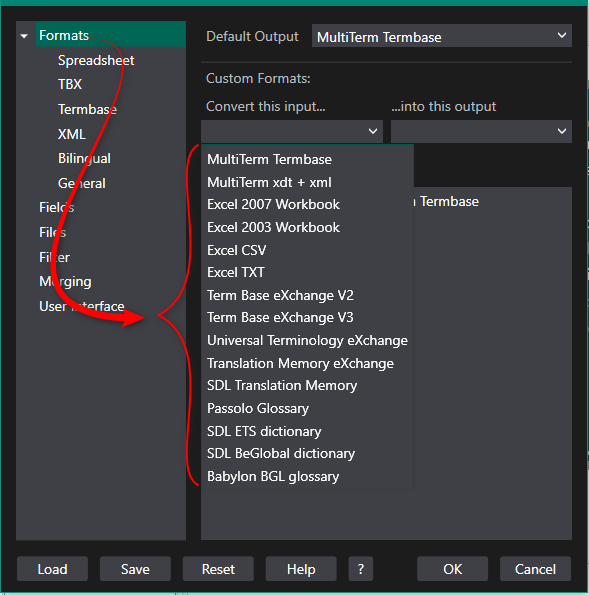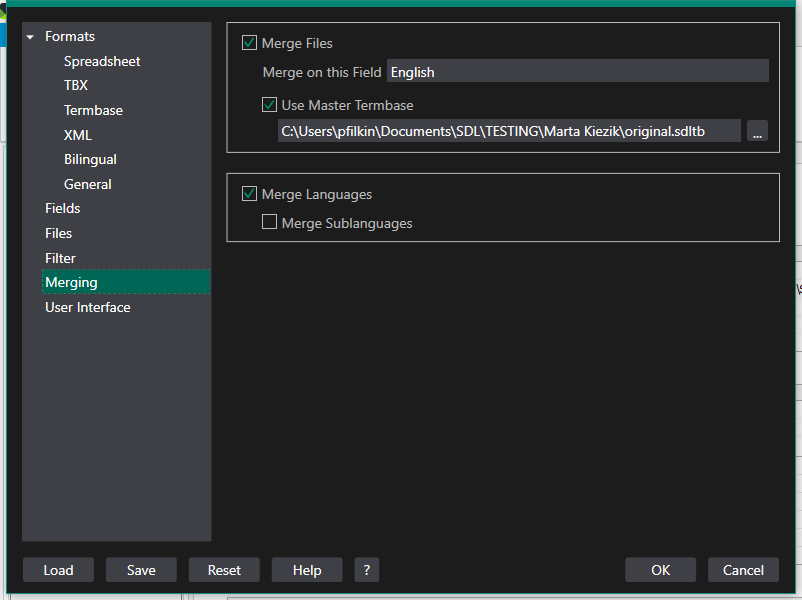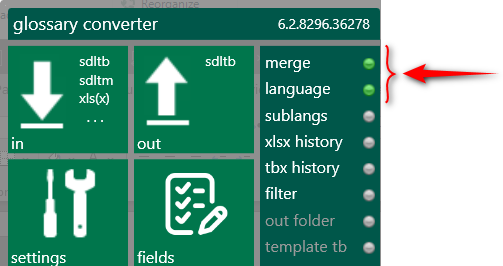I've tried to wade through numerous manuals on the topic, but (a) they mostly refer to a bilingual termbase (b) they are quite hard for me to grasp as a relatively fresh user of Trados (c) some processes are outdated by now, and without having a good understanding of them, I can't tell which.
So I have 2 questions:
1) I have a XLSX glossary that I want to update my termbase with. How is that done, in very simple terms? (I've tried dabbling in the Glossary Converter, but the only output format available is XLSX, and I apparently need XDI?)
2) Let's suppose the termbase is comprised of entries in 4 languages. Can I feed an Excel glossary with incomplete entries (meaning no 100% coverage of all languages for all entries?), or do I need to complete all of them?


 Translate
Translate






